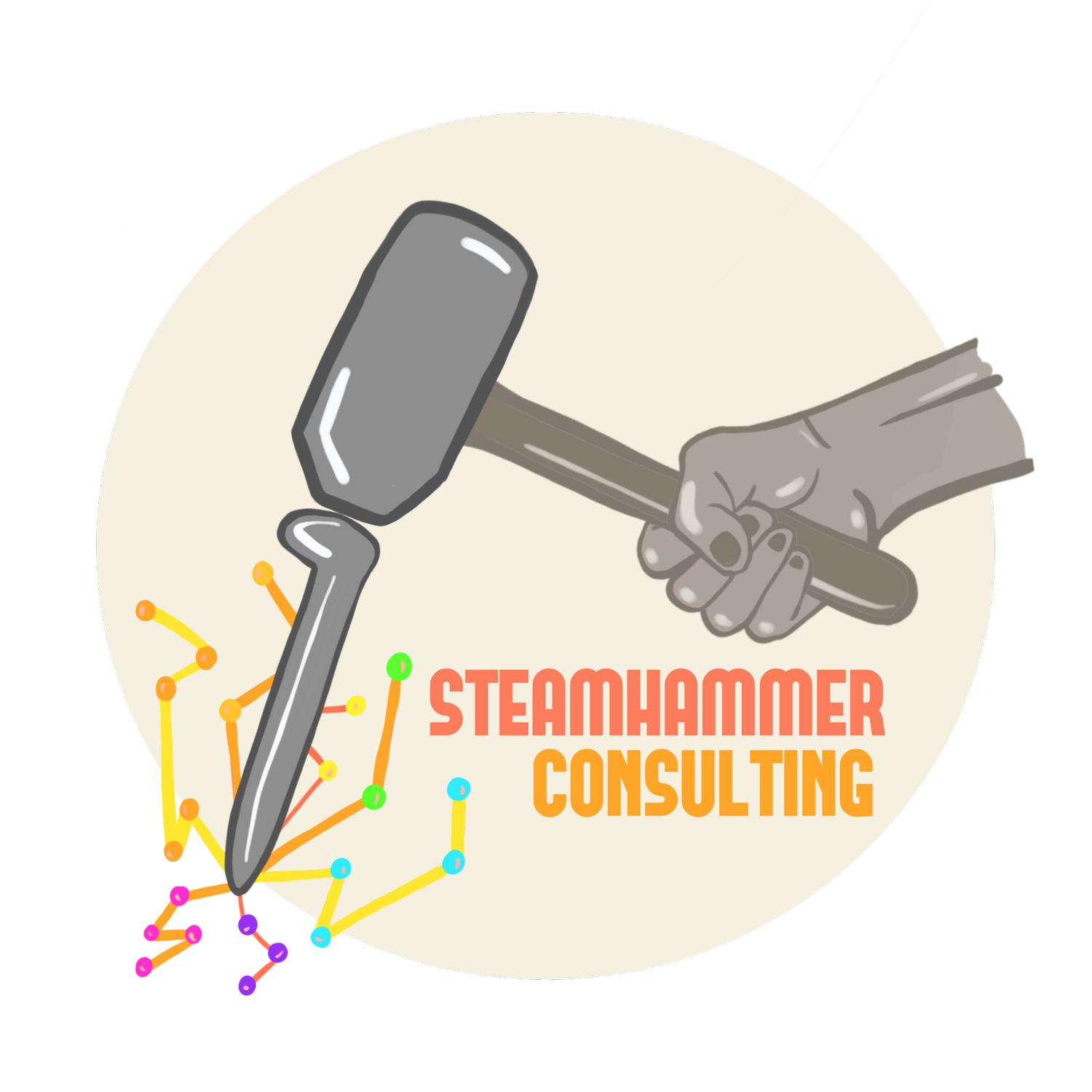Beware of the Crayon
Avoid asking “yes or no” questions when searching for route optimization technology.
Having been involved in numerous route optimization RFP processes, I've witnessed how respondents can misinterpret a simple yes or no question. For instance, when asked, “Can your software do ‘X’?” A respondent might check the box for “Yes” if they can envision how their software could perform the task, even if it's a workaround or requires customization. This issue arises most frequently when the question is too broad, and there's no agreed-upon definition. This practice, which I call 'checking the box with a crayon, 'can lead to significant miscommunication and wasted resources. Establishing clear definitions and avoiding yes or no questions is crucial to prevent this.
This practice extends far beyond RFPs in route optimization. All businesses encounter the crayon syndrome whenever they explore new relationships. I will focus on route optimization vendors for the examples in this paper. After all, route optimization consulting is what I do.
Route Optimization RFPs
Route optimization RFPs are time-intensive for both the buyer and the seller. The buyer often prefers simple binary questions to avoid wading through too much detail. Sellers also appreciate this since those questions take a fraction of the time to answer. A company looking to create optimized routes daily might ask, “Does your software perform dynamic optimization?” Many sellers would truthfully answer “yes” because their platform is built to do dynamic optimization. Others would answer “yes” even if the capability requires using the software in a way that is not intended or needs loads of manual intervention. They can rationalize a truthful answer that does not reflect the question's intent.
In the example above, the problem with the question is twofold. First, it's a yes-or-no question with too much room for speculation. Second, the definitions aren’t clear. What do you mean by “perform”? Does this performance need to be automated? Should the algorithms be explicitly designed for the performance? Also, people can define “Dynamic Optimization” differently. I have even seen it used to describe an entirely manual process. If your company needs a single button press optimization process daily, have the question state precisely what is required. Then, frame the question by asking how the potential vendor accomplishes this requirement.
Beyond the RFP
Every question a business has with a potential vendor must use precise wording, whether the communication is written or verbal. The vendor’s salespeople are trained to ask only open-ended questions so that they can learn as much from you as possible. Your company should do the same. Even something as simple as “Can you do X?” invites miscommunication. Always ask questions that start with what, how, explain, or similar terms used to stoke a discussion. A simple yes or no is never good enough to avoid misunderstandings. For example, asking if a vendor’s software can handle multiple time windows is not as effective as explaining your real-world requirements and asking “How” the software can meet these requirements. Always ask, “How do you meet this need?” or “What would be the best way to handle x scenario in your software?”. If you ask a yes or no question out of habit, follow up with, “Can you explain how you accomplish this?”.
Conclusion
In conclusion, the crayon syndrome highlights the importance of clear and precise communication when considering vendors for route optimization RFPs and beyond. Relying on yes or no questions can lead to significant misunderstandings, as vendors may interpret these questions in ways that do not align with the buyer's intent. To avoid these pitfalls, asking open-ended questions that encourage detailed explanations and clarify definitions is essential. By doing so, businesses can ensure they receive accurate and relevant information, ultimately leading to more effective and successful partnerships. Always remember to define your requirements clearly and ask how a vendor's solution can meet these needs rather than if it simply can.
